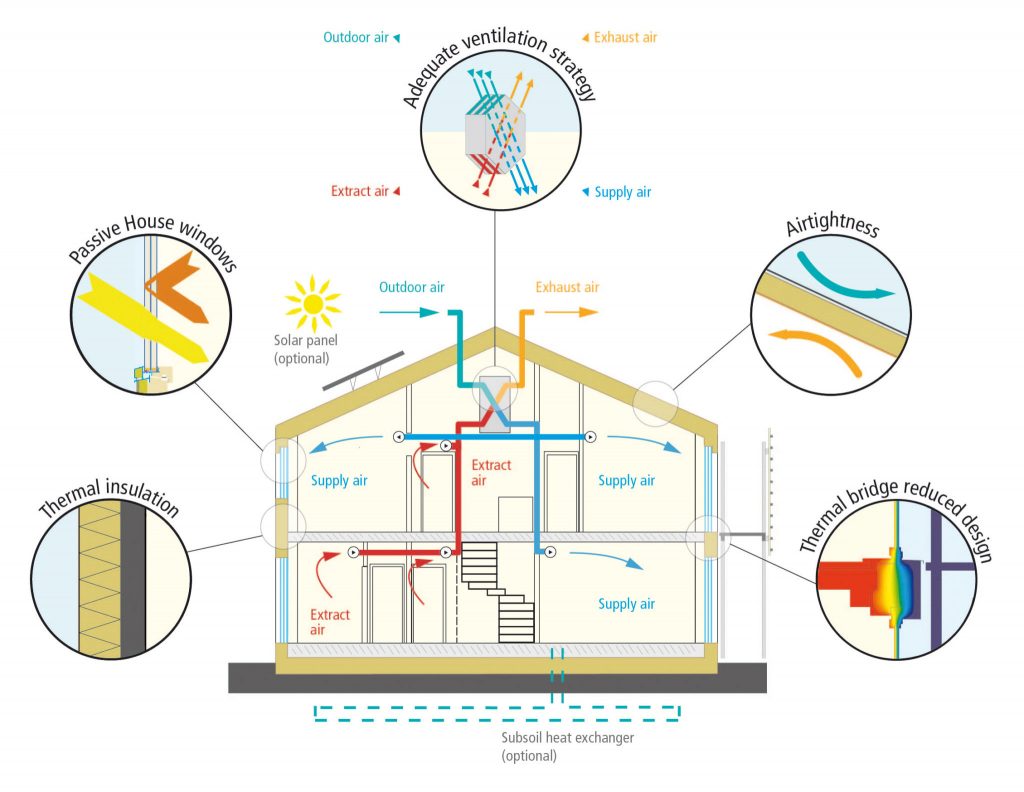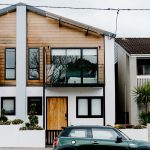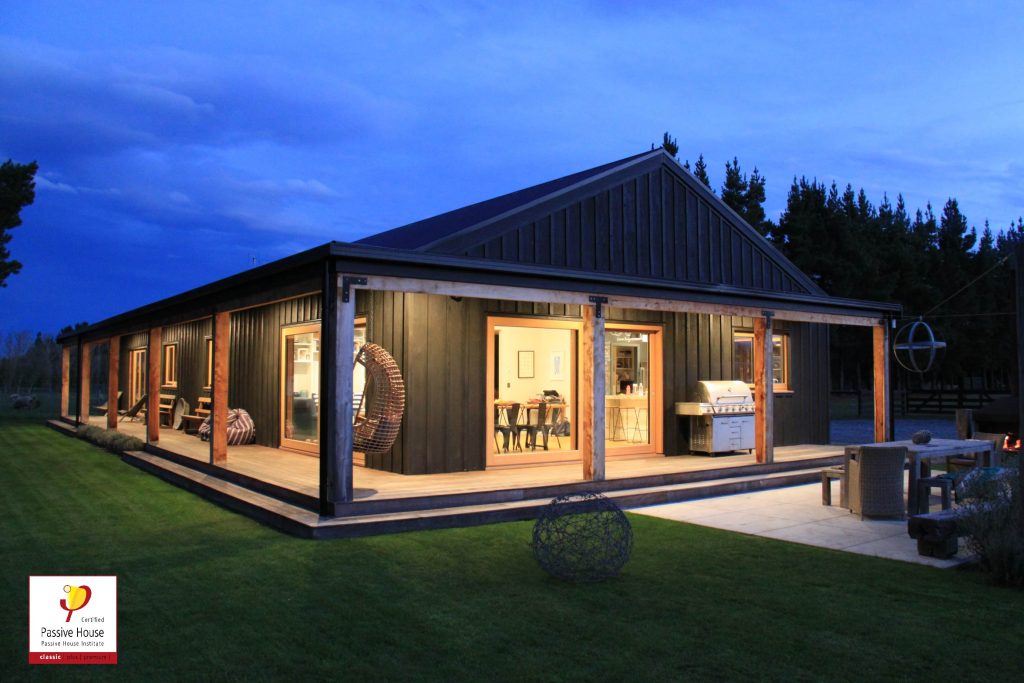A passive house, the crème de la crème of housing, benefiting the environment and comforting its residents – but how do we get there?
Passive House is designed and tested to maintain a steady, comfortable, healthy temperature all day, all night, all year round. At the same time, the design helps residents conserve energy, reduce heating costs, and ultimately reduces the building’s ecological footprint.
Oculus’ services now extend to include Passive House Certification by Principal Analyst Denise Martin.
This week we sat down with Denise to talk more about what it means to be able to certify Passive House.
Q: What does it mean to be able to certify a passive house?
Denise: Passive House buildings are planned, optimised and verified with the Passive House Planning Package (PHPP). There are specific criteria that have to be achieved for a house to be able to become a certified Passive House. These criteria include
- Space Heating Energy Demand: Below 15kWh/ square meter of net living space (treated floor area) per year OR 10W/ square meter peak demand
- Renewable Primary Energy Demand: total energy used for all domestic appliances (heating, hot water and domestic electricity) must be below 60kWh/ square meter of treated floor area per year for Passive House
- Airtightness: a max. of 0.6 air changes per hour at 50 Pascals pressure (ACH 50), as verified with an onsite pressure test (in both pressurised and depressurised states)
- Thermal comfort: Must be met for all living areas during winter as well as in summer, with not more than 10 % of the hours in a given year over 25 °C. For a complete overview of general quality requirements (soft criteria) see Passipedia
All of these are achieved through intelligent design and implementation of the 5 Passive House principles: thermal bridge free design, superior windows, ventilation with heat recovery, quality insulation and airtight construction.

Q: Why is it important to be able to certify passive houses?
Denise: Quality assured!
For building certification, planning execution is checked carefully and comprehensively. Other documentation relating to the construction such as the airtightness test complete the quality assurance process. A certificate is only issued if the exactly defined criteria have been met without exception.
Here is a video which is explaining the benefits of building certification.
Q: As Passive House certifiers, what extended services can we now provide to our clients?
Denise: If all criteria are met, the building owner will receive the following:
- the certificate
- a supplementary booklet with documentation of the energy balance calculation and all relevant characteristic values of the building
- a plaque (optional)
Q: What is the process of certification & how long does it take?
Denise: We recommend contacting a certifier early on in the planning process. Any problems identified by the certifier can be easily corrected at this point in time. In principle however, certification can also be applied for after completion of the building.
As a rule, all energy-relevant planning documents and technical data of the construction products are submitted before the start of construction work. After careful checking and comparison with the energy balance calculation, the certifier will provide information about any necessary corrections.
After completion of the construction, any changes in the planning will be updated and documents relating to construction (airtightness test, documentation of flow rate adjustment, construction manager’s declaration) will be checked during the final inspection.
The process of certification can not be completed unless the building is completed and commissioned. If you engage with us during the design stage this process can take several months. If your building is completed and you are only submitting final certification documents the process can take a few weeks, depending on the complexity of assessing your project.
Q: How many Passive House certifiers are there in NZ?
Denise: There are currently 4 Passive House Certifiers in New Zealand.
Q: How many Passive Houses are there in NZ?
Denise: Currently, 37 that are officially certified in the database.
Denise’s Background 
Denise Martin is a consulting building analyst in the residential and commercial building sectors of New Zealand and Australia. She founded BEO Ltd and is now the Principal Analyst for Oculus Engineering Ltd.
Denise has been a certified Passive House Designer since 2014 and worked on several Passive House Projects across new Zealand and Australia. She recently became accredited as a Passive House certifier.
“As a building certifier we uphold a quality assurance process on behalf of the Passive House Institute. We have a
responsibility in remaining independent from the design team, but to also provide guidance for the designers in the
country, which can be a balancing act. It is great to see how Passive House is starting to shape the industry in a positive way and providing a clear pathway towards a zero-carbon future in our field.” – Denise Martin





